NMN for UV Protection from Inside and Outside the Body
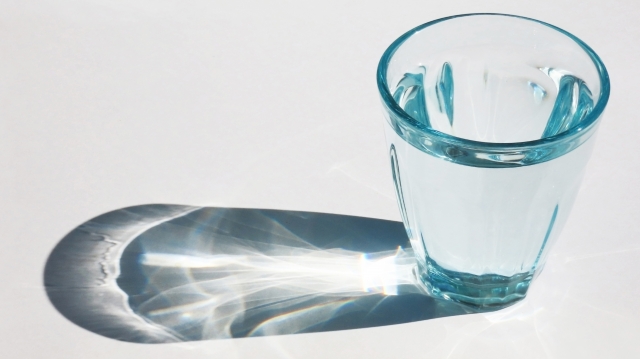
【What is “Photoaging” that you need to watch out for in the coming season?】
Photoaging refers to skin damage caused by prolonged exposure to sunlight (UV rays, visible light, and infrared rays), particularly ultraviolet rays. The mechanism of photoaging involves reactive oxygen species produced by UV rays increasing lipid peroxides1 and oxidative stress2, leading to reduced skin function and damage.
*1: Oxidized sebum secreted from sebaceous glands due to the effects of UV rays or heat.
*2: The harmful effects caused by oxidative substances like reactive oxygen species on the body. It is like the rusting of the body, which can increase due to inflammation, infection, air pollution, UV rays, and lifestyle habits.
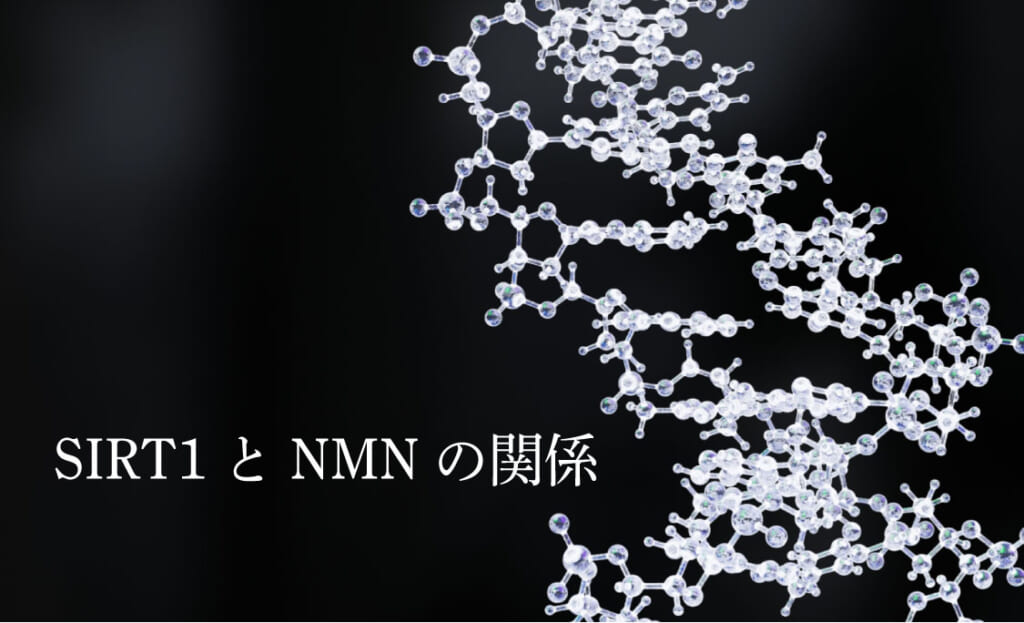 【The Relationship Between SIRT1 and NMN】
【The Relationship Between SIRT1 and NMN】
It is said that about 80% of skin damage such as deep spots, wrinkles, and sagging is due to photoaging caused by UV rays rather than aging. The severity of photoaging is considered to be proportional to the amount of time and intensity of UV exposure. Particularly, the skin on the face and hands is more exposed and tends to receive UV rays directly for long periods, making it more susceptible to photoaging.
In 2018, a study was conducted comparing the quadriceps muscle tissue of aged mice that were administered NMN to activate SIRT1 and aged mice that were not administered NMN, examining capillary density, muscle fibers, and endurance.
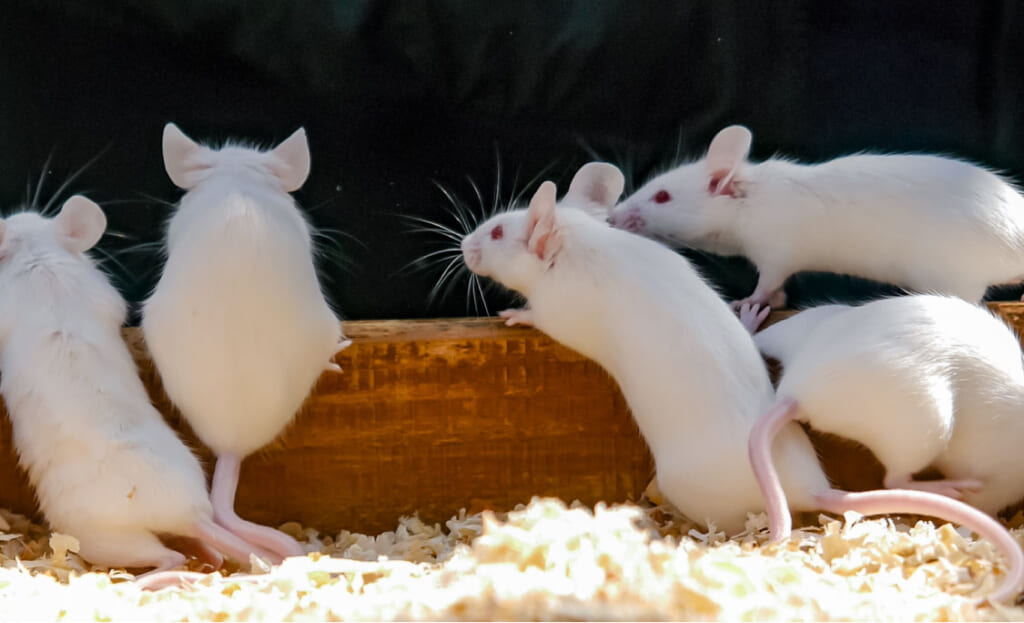 【Experiment Details】
【Experiment Details】
Ferroptosis (explained below) is involved in the onset of various diseases and tissue damage, such as neurodegenerative diseases and ischemic diseases, while also being useful for eliminating cancer cells rich in iron and reactive oxygen species. However, it is unclear whether the accumulation of lipid peroxides and oxidative stress caused by UV rays leads to ferroptosis of the skin, resulting in decreased skin function, spots, wrinkles, and sagging.
In the experiment, mice with a portion of their body hair shaved were divided into “UVB1 unexposed mice” and “mice induced with ferroptosis by UVB exposure for 7 days (UV-induced skin injury mice).” Furthermore, the UV-induced skin injury mice were divided into three groups: ① UV exposure only (UV mice), ② UV exposure + Lip-12 (UV + Lip-1 mice), and ③ UV exposure + oral administration of NMN at 400 mg/kg/day (UV + NMN mice). The skin condition and the levels of iron accumulation, a cause of lipid peroxides and oxidative stress, were investigated in each group after 7 days.
*1: UV rays that mainly damage the skin’s epidermis, causing sunburn and suntan, and are the main cause of sunburn during outdoor activities. They are also linked to skin cancer. UVA rays, which penetrate deeper into the dermis, cause wrinkles and sagging and are present year-round.
*2: A ferroptosis inhibitor that protects cells from ferroptosis inducers.
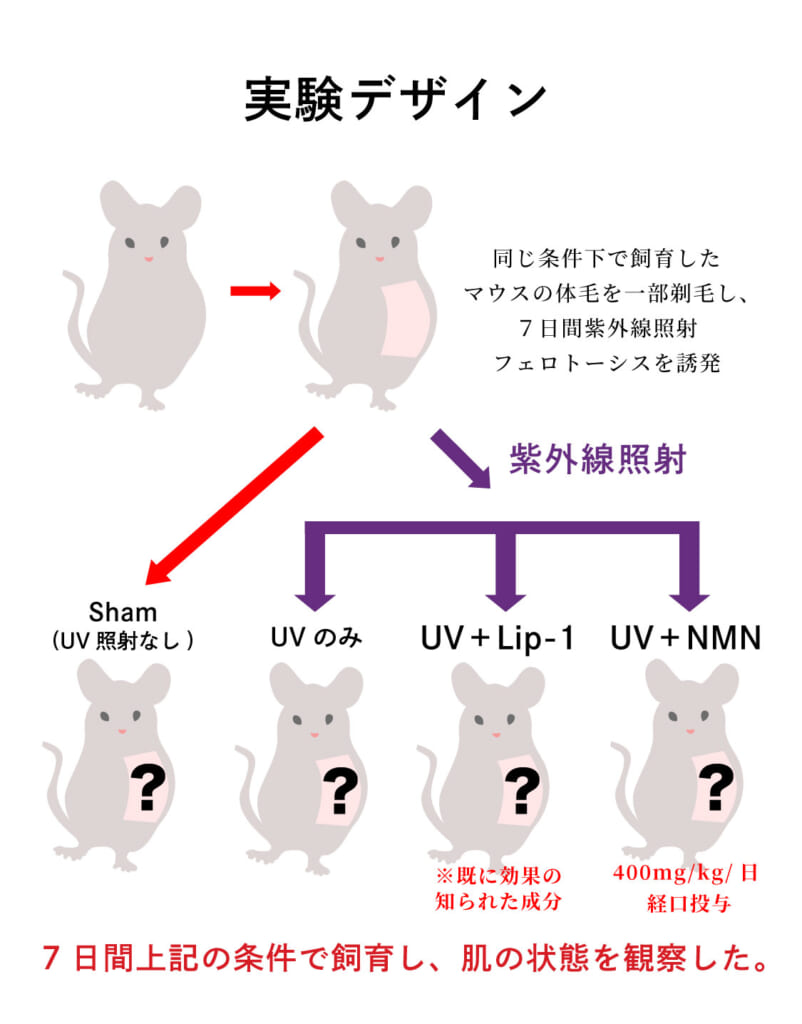
Ferroptosis is iron-dependent cell death reported by Professor Stockwell of Columbia University in 2012. It occurs when iron-dependent lipid peroxides accumulate within cells, promoting oxidative stress on cell membrane lipids, ultimately leading to cell death. The peroxide reaction can spread to neighboring cells, causing a chain reaction of cell death similar to the spread of a cold.
【Results from the Experiment】
■ UV exposure induces ferroptosis
In the skin of UVB-exposed mice (UV-induced skin injury mice), lipid peroxide and iron levels increased in all groups, confirming ferroptosis. Accumulation of lipid peroxides and iron was also observed in keratinocytes*5 in the epidermis, but no ferroptosis was seen, indicating that keratinocytes are less affected by UV exposure.
*5: Keratinocytes make up more than 90% of the cells in the epidermis and play an important role in maintaining skin moisture and barrier function.
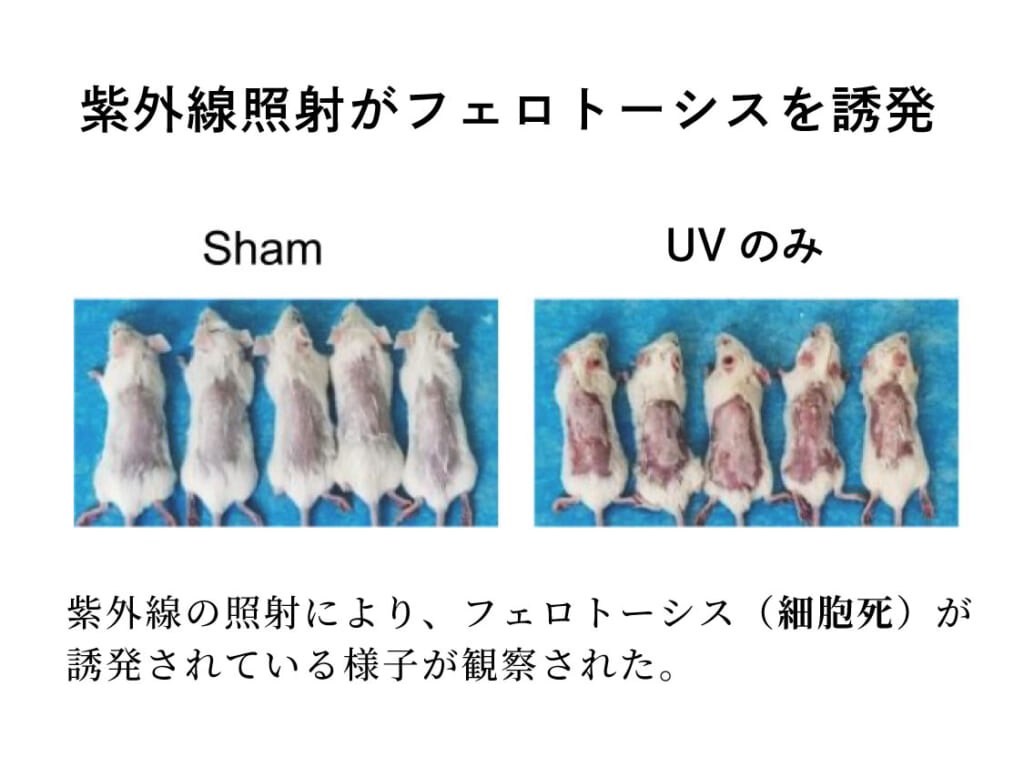
■ Skin condition evaluation after 7 days
When UV-exposed keratinocytes were repeatedly stimulated with ferric ammonium citrate (FAC) to mimic an iron overload state, the keratinocytes underwent ferroptosis. However, in UV + NMN mice that were orally administered NMN at 400 mg/kg/day, there was less imbalance of NAD+/NADH, and ferroptosis and skin damage were mild. Additionally, the GSH levels, which were reduced by FAC-induced stimulation, showed recovery.
*GSH: Glutathione, an amino acid compound with antioxidant and detoxification functions, protects the body from oxidative damage.
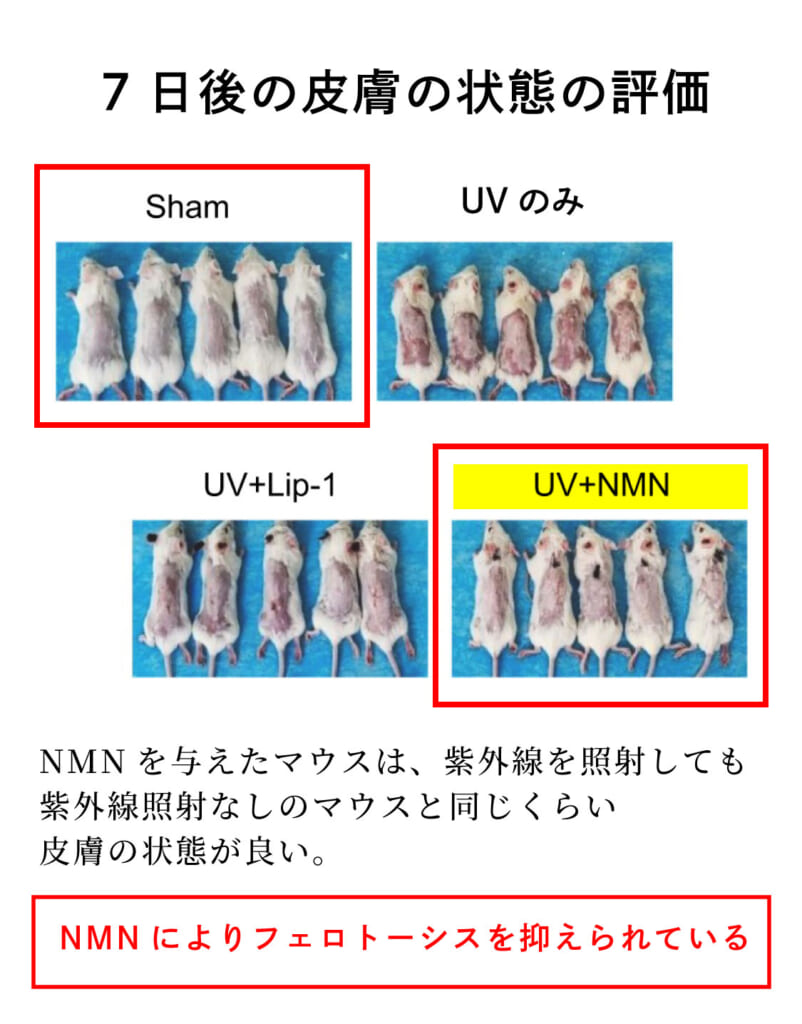
*Graphs and photos are modified from the original paper.
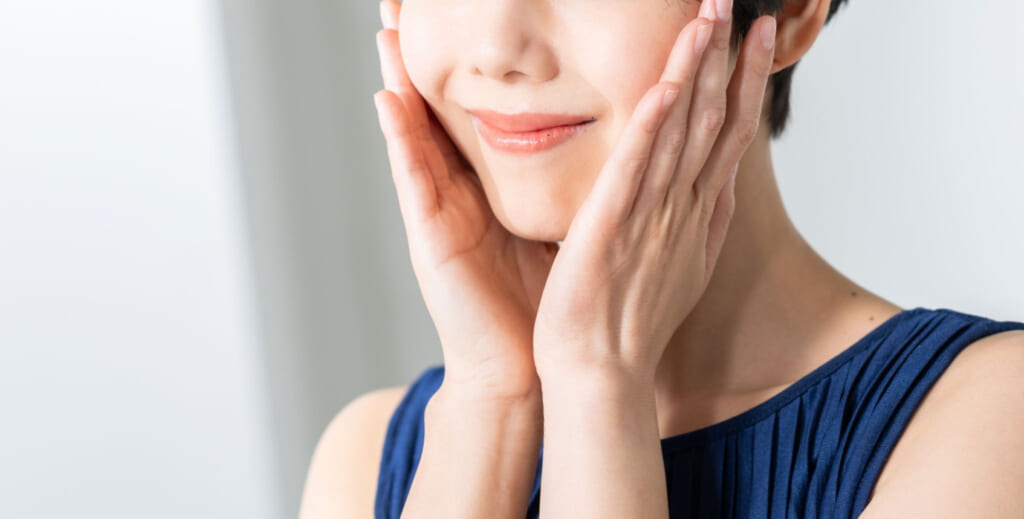 【NMN May Contribute to Preventing and Improving Photoaging】
【NMN May Contribute to Preventing and Improving Photoaging】
This experiment reported that UV rays induce ferroptosis, causing skin damage, and that NMN enhances ferroptosis resistance, protects cells from oxidative stress, and reduces skin damage. This suggests that NMN could be a promising treatment for oxidative stress-induced skin diseases or injuries.
In this experiment, NMN was orally administered to achieve these effects. However, there are reports that when NMN is applied directly to the skin, it promotes the production of natural moisturizing factors (NMF) in the skin’s epidermis. Moisturization is effective as aftercare for sunburn caused by UV rays, so consider incorporating NMN for both internal and aftercare to doubly prevent and improve UV-induced photoaging.
References
Reference paper: 【NMN recruits GSH to enhance GPX4-mediated ferroptosis defense in UV irradiation induced skin injury】
Journal title and volume/issue: Biochim Biophys Acta Mol Basis Dis. 2022 Jan 1;1868(1):166287.
Paper URL: https://pubmed.ncbi.nlm.nih.gov/34626772/
